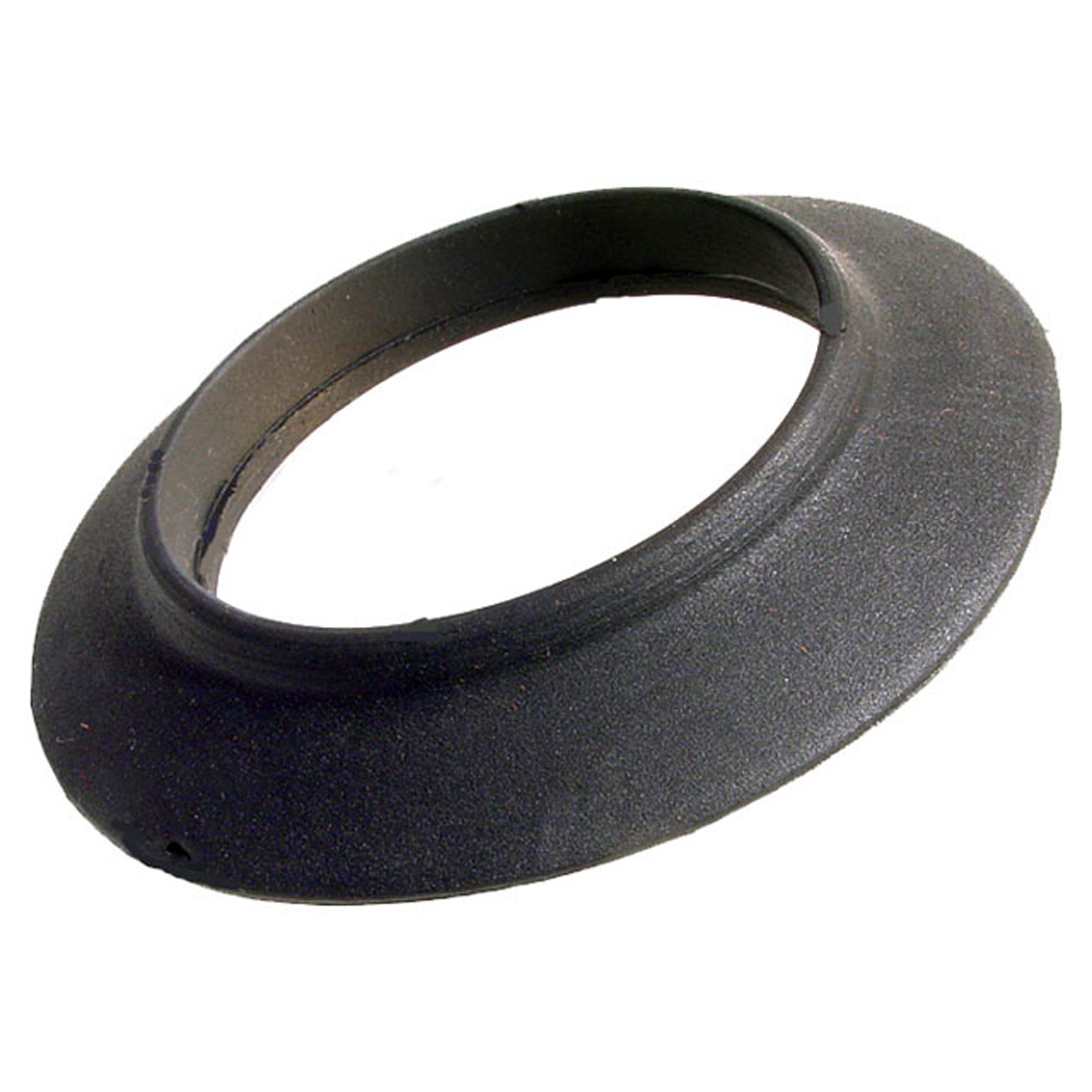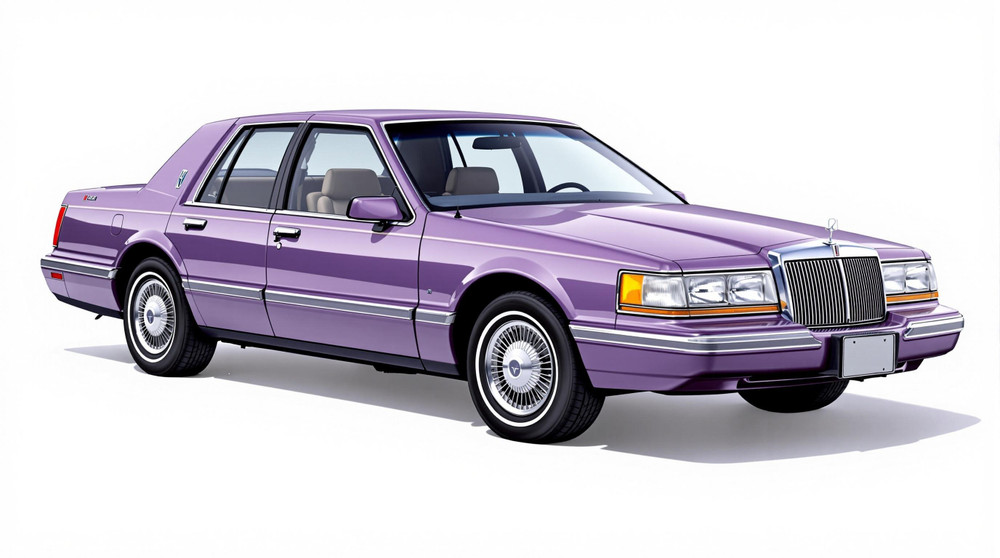Image of 1990 Lincoln Mark Vii, Note: These illustrations use artistic license and may differ from actual historical models.
Performance Metrics
Fundamental Metrics
Emotional Appeal
MMP Rating
| Engine Specifications | |
|---|---|
| Engine: | 5.0L V8 |
| Displacement: | 302 cu in, 4942 cc |
| Horsepower: | 225 hp |
| Torque: | 300 lb-ft |
| Compression Ratio: | 9.2:1 |
| Ignition System: | Electronic |
| Cooling System: | Liquid-cooled |
| Performance Specifications | |
| 0-60 Time: | 8.5 seconds |
| 1/4 Mile Time: | 16.5 seconds |
| Top Speed: | 130 mph |
| Transmission and Drive | |
| Drive Type: | RWD (Rear Wheel Drive) |
| Transmission Type: | 4-speed automatic |
| Fuel and Efficiency | |
| Fuel System Type: | Fuel injection |
| MPG: | 15 city / 23 highway |
| Dimensions and Brakes | |
| Brakes: | Front disc / rear drum |
| Wheelbase: | 108.5 in |
| Weight: | 3,700 lbs |
Note: Specifications for classic cars are given to the best of our ability, considering the limited and variant data available.
Introduction
The 1990 Lincoln Mark VII is a testament to American luxury and performance, seamlessly blending opulence with muscle. Born from the esteemed lineage of Lincoln's personal luxury cars, the Mark VII made its mark as a sophisticated, technology-packed coupe. Its origin traces back to the Ford Motor Company's desire to compete in the luxury car segment, and it did so with aplomb. A notable moment in the vehicle's history was its introduction of electronic air suspension in its class, setting a new standard for ride comfort.
Design and Innovation
With its long hood, short deck, and distinctive wedge-shaped profile, the 1990 Lincoln Mark VII exuded an air of elegance that was unmistakably American. The exterior styling was a harmonious blend of traditional Lincoln luxury cues with aerodynamic efficiency. Inside, occupants were greeted by plush leather seats and rich wood accents that defined the era's luxury. The use of high-quality materials was evident throughout the cabin, ensuring a premium tactile experience.
The Mark VII was ahead of its time with technological features such as an onboard trip computer and digital instrument cluster. Color options ranged from conservative hues like Black Ebony and Light Titanium to more vibrant choices like Deep Jewel Green, with the latter often catching the eye of enthusiasts. The most iconic body style was undoubtedly the LSC (Luxury Sports Coupe) edition, which offered performance enhancements and a sportier aesthetic.
Historical Significance
The 1990 Lincoln Mark VII wasn't just another luxury car; it was a pioneer that influenced future automotive design and technology. Its air suspension system not only provided unparalleled ride comfort but also paved the way for adaptive suspension systems in modern vehicles. The Mark VII stood out for its balanced approach to luxury and performance at a time when many luxury coupes were more focused on opulence than driving dynamics.
Performance and Handling
The heart of the 1990 Lincoln Mark VII was its robust 5.0-liter V8 engine, which propelled the car to impressive speeds for its class. With a top speed in the region of 130 mph and an acceleration from 0-60 mph in under 10 seconds, it held its own against competitors. On winding roads or when encountering bumps, the air suspension system provided a smooth ride without sacrificing handling precision. Drivers often praised the throaty rumble of the engine and how it contributed to an engaging driving experience.
Ownership Experience
Owners of the 1990 Lincoln Mark VII cherished it for various reasons—some enjoyed its grandeur as a daily driver while others reveled in its status as a show car or even took pleasure in occasional spirited driving sessions. Maintenance was relatively straightforward for those familiar with Ford's lineup of the era, though some specialized parts of the air suspension system could pose challenges. Overall, reliability was commendable for a luxury vehicle of this caliber.
Fun Facts
The Mark VII has had its share of limelight with rare editions like the Bill Blass Designer Series catching collectors' eyes. While celebrity ownerships added to its allure, common criticisms often revolved around fuel economy—a trade-off for its hearty V8 performance. Despite these critiques, it maintained a loyal following.
Collector's Information
In today's market, a well-preserved 1990 Lincoln Mark VII can fetch anywhere from $5,000 to $15,000 depending on condition and provenance. Production numbers were limited compared to mass-market vehicles, adding to their rarity and appeal among collectors. Over time, well-maintained examples have seen a steady appreciation in value as they become recognized as modern classics.
Conclusion
The 1990 Lincoln Mark VII stands as an emblematic figure in American automotive history—a confluence of luxury and performance wrapped in an elegant package. Its legacy endures among enthusiasts who appreciate its pioneering spirit and distinctive character. As time marches on, this classic continues to capture hearts with its blend of old-school charm and forward-thinking innovation.
1990 Lincoln Mark Vii Catalog of Parts
 1990 Lincoln Mark VII Gas Filler Grommet. 2-1/2" I.D., 4-1/8" O.D. Each-GF 24Gas Filler Grommet. 2-1/2" I.D., 4-1/8" O.D. Each
1990 Lincoln Mark VII Gas Filler Grommet. 2-1/2" I.D., 4-1/8" O.D. Each-GF 24Gas Filler Grommet. 2-1/2" I.D., 4-1/8" O.D. EachWhy Choose Metro?
For over 100 years, Metro Moulded Parts has been the pinnacle of quality in classic car restoration parts. Our commitment to precision and authenticity in every component ensures a perfect fit and an OEM-level appearance.
- Expert Craftsmanship & Quality: Each part is a testament to our dedication to reliability and perfection, crafted from original designs and thoroughly tested.
- Advanced Technology: We use cutting-edge techniques to create flawless, long-lasting parts that surpass others in performance.
- SuperSoft Sponge – The Ultimate Door Seal: Not only are our door seals 30% softer than competitors', but they're also guaranteed to never leak. They effectively reduce wind and road noise, enhancing your classic car's comfort and driving experience.
- Proudly American: Our parts are a product of American craftsmanship, made in the USA with a spirit of excellence and heritage.
- Unrivaled Warranty: We back our products with a 30-year industry-leading warranty, a testament to our confidence in their quality.
Join us in preserving the legacy of classic cars with parts that are crafted for perfection, not just made.

